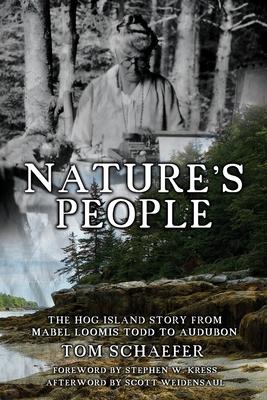When Emily Dickinson died in 1886, her sister learned of a cache of unknown poems which she was determined to see published. In time the task fell to Mabel Loomis Todd, a socialite in town who just so happened to be having a long-term affair with the sisters' brother, Austin. It is because of Mabel Loomis Todd that we know Emily Dickinson today.
While Dickinson scholars have parsed her contributions to Emily's portfolio of poems and letters, Mabel Todd's involvement in the nascent practice of preservation of natural places has gone largely unreported. It was in 1908 when she signed papers for an undeveloped tract of an island in Muscongus Bay, Maine, where her family summered as rusticators for many years. Then through the foresight of her daughter Millicent Todd Bingham and the leadership of the National Audubon Society's John Baker, the island first hosted the Audubon Nature Camp for Adult Leaders in 1936.
Over the decades, the summer endeavor has evolved into the historic Hog Island Audubon Camp, a worldwide landmark center of nature education and birding. How all that came about it is the stuff of Nature's People.
